#equestrian monument
Text
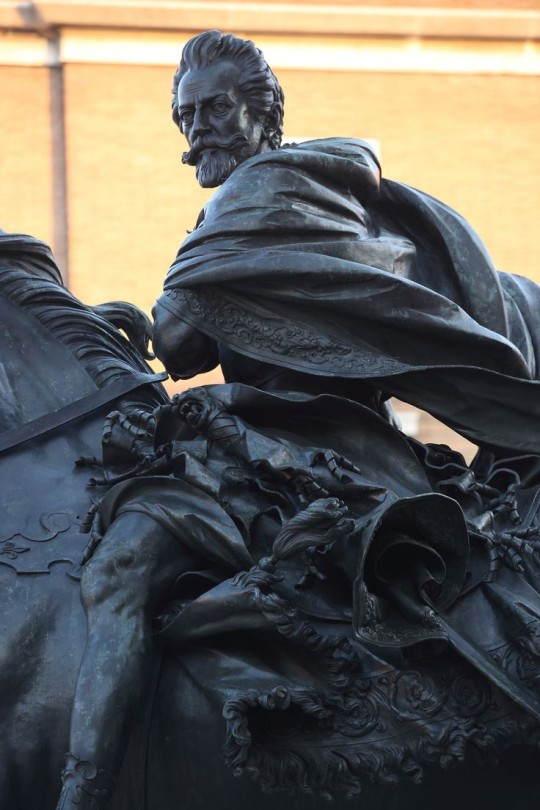
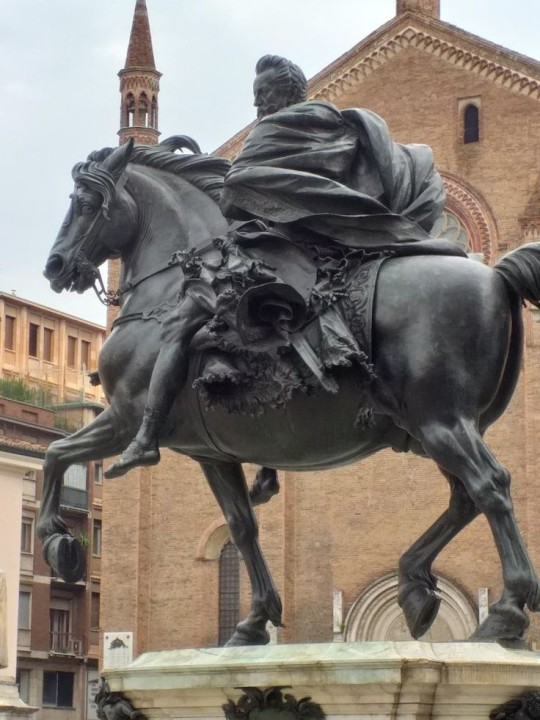
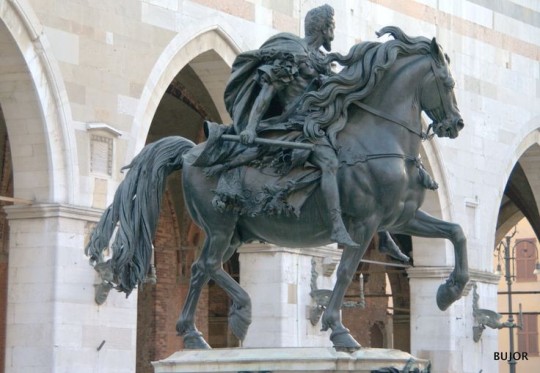
Equestrian monument of Alessandro Farnese (1545-1592), 1620-1629 by italian sculptor Francesco Mochi (1580-1654). Piazza Cavalli, Piacenza
7 notes
·
View notes
Text
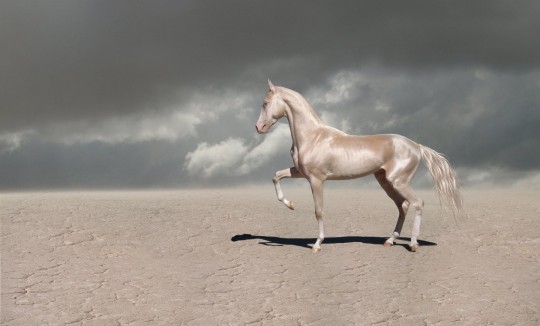

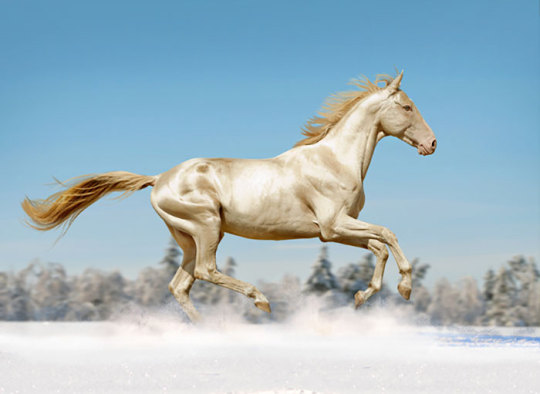

The Akhal-Teke is a Turkmen horse breed. They have a reputation for speed and endurance, intelligence, and a distinctive metallic sheen. The shiny coat of the breed led to their nickname, "Golden Horses". These horses are adapted to severe climatic conditions and are thought to be one of the oldest existing horse breeds. There are currently about 6,600 Akhal-Tekes in the world, mostly in Turkmenistan, although they are also found throughout Europe and North America. Akhal is the name of the line of oases along the north slope of the Kopet Dag mountains in Turkmenistan.
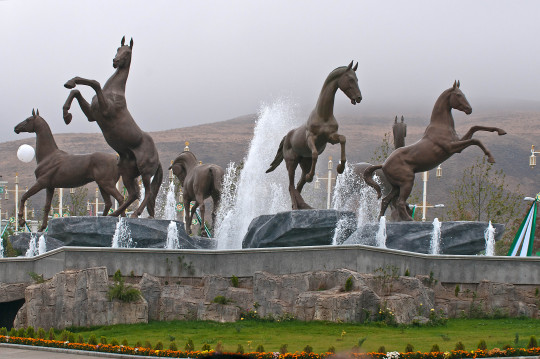

Monuments to the Akhal-Teke at the International Equestrian Sports Complex - the largest horse racing hippodrome in Turkmenistan.

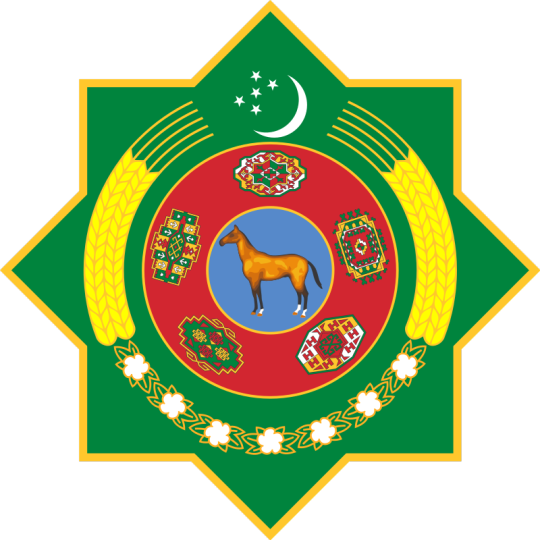
The horse Yanardag, owned by the first president of Turkmenistan Saparmurat Niyazov, on the Emblem of Turkmenistan.
24 notes
·
View notes
Photo

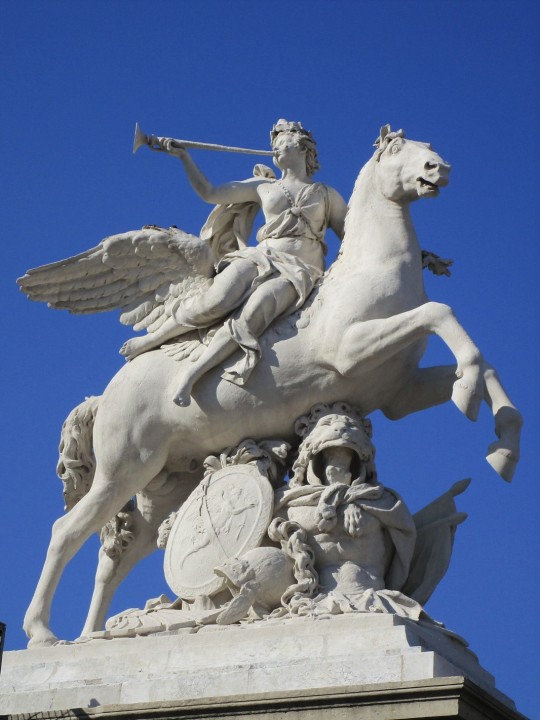
Mercury Riding Pegasus and Fame Riding Pegasus - copies of the original works completed in 1702 by Antoine Coysevox for the Château de Marly, later moved to the Tuileries Palace, and now in the Louvre. These copies flank the west entrance to the Jardin des Tuileries.
Photos by Charles Reeza
#allegorical sculpture#mythology#18th century art#marble sculpture#Paris#public art#public park#monumental sculpture#equestrian statue
47 notes
·
View notes
Photo
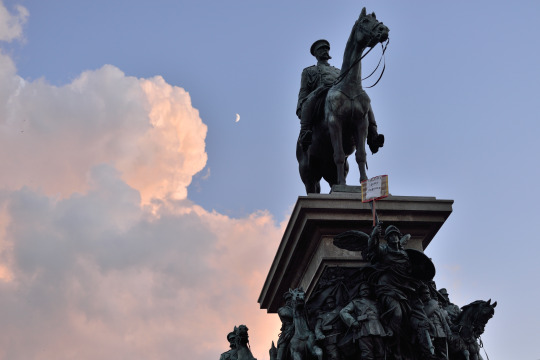
July 26, 2020.
#sofia#bulgaria#monument#demonstration#sign#moon#sky#cloud#horse#equestrian#statue#scultpure#blue#komalantz#urban#habitat#july#2020#summer
5 notes
·
View notes
Text

1 note
·
View note
Photo

William Tecumseh Sherman, also known as the Sherman Memorial or Sherman Monument, is a sculpture group honoring William Tecumseh Sherman, created by Augustus Saint-Gaudens and located at Grand Army Plaza in Manhattan, New York. Cast in 1902 and dedicated on May 30, 1903, the gilded-bronze monument consists of an equestrian statue of Sherman and an accompanying statue, Victory, an allegorical female figure of the Greek goddess Nike. The statues are set on a Stony Creek granite pedestal designed by the architect Charles Follen McKim. 764 Doris C Freedman Pl, New York, NY
#New York City#new york#newyork#New-York#nyc#NY#Manhattan#urban#city#USA#United States#buildings#travel#journey#outdoors#street#architecture#visit-new-york.tumblr.com#Memorial#Sherman
113 notes
·
View notes
Text
The Coronation Procession
This week I spent a few days in London, so I decided to walk the route that the newly coronated King Charles III and Queen Camilla will take, called the Coronation Procession! The Kings Procession, before the service is this route, just in reverse. I took pictures of the highlights of the route, it will definitely be something to look back on in the future!

Westminster Abbey
Founded in 960 and consecrated in 1065, Westminster Abbey, has seen the coronations of 39 English and British monarchs and 16 royal weddings and is the burial site for 18 English, Scottish and British monarchs.

Whitehall, Downing Street and Horse Guards Parade
Whitehall is recognised as the centre of the Government of the United Kingdom and is lined with numerous departments and ministries, including the Ministry of Defence, Horse Guards and the Cabinet Office. The Palace of Whitehall previously occupied the area and was the residence of Kings Henry VIII through to William III, before it was destroyed by fire in 1698; only the Banqueting House has survived. As well as government buildings, the street is known for its memorial statues and monuments, including the UK's primary war memorial, the Cenotaph and the Women of World War Two memorial.
Downing Street was built in the 1680s by Sir George Downing. For more than three hundred years, it has held the official residences of both the First Lord of the Treasury, the office now synonymous with that of the Prime Minister, and the Second Lord of the Treasury, the office held by the Chancellor of the Exchequer. The Prime Minister's official residence is 10 Downing Street, and the Chancellor's official residence is Number 11. The government's Chief Whip has an official residence at Number 12. In practice, these office-holders may live in different flats; the current Chief Whip actually lives at Number 9.
Horse Guards Parade is a large parade ground off Whitehall. It is the site of the annual ceremonies of Trooping the Colour, which commemorates the monarch's official birthday, and the Beating Retreat. Horse Guards Parade was formerly the site of the Palace of Whitehall's tiltyard, where tournaments (including jousting) were held in the time of Henry VIII. It was also the scene of annual celebrations of the birthday of Queen Elizabeth I. The procession will go past the entrance, not onto the parade ground.

Trafalgar Square and the Equestrian Statue of King Charles I
The square is named after the Battle of Trafalgar, a British naval victory in the Napoleonic Wars with France and Spain that took place on 21 October 1805 off the coast of Cape Trafalgar, southwest Spain. In the centre of the square is Nelson's Column built to commemorate Vice-Admiral Horatio Nelson's decisive victory at the Battle of Trafalgar over the combined French and Spanish navies, during which he lost his life. The monument was constructed between 1840 and 1843 to a design by William Railton. The statue of Nelson was carved from Craigleith sandstone by sculptor Edward Hodges Baily. The four bronze lions around its base, designed by Sir Edwin Landseer, were added in 1867.
The equestrian statue of Charles I is a work by the French sculptor Hubert Le Sueur, probably cast in 1633. It is considered the central point of London. Its location at Charing Cross is on the former site of the most elaborate of the Eleanor crosses erected by Edward I (one of 12, to commemorate his late wife, put in location throughout the route of her funeral procession stops back to London). The statue faces down Whitehall towards Charles I's place of execution at Banqueting House. It was commissioned by Charles's Lord High Treasurer Richard Weston for the garden of his country house in Roehampton, Surrey. Following the English Civil War the statue was sold to a metalsmith to be broken down, but he hid it until the Restoration. It was installed in its current, far more prominent location in the centre of London in 1675, and the elaborately carved plinth dates from that time.

Admiralty Arch
Admiralty Arch was commissioned by King Edward VII in memory of his mother, Queen Victoria, and designed by Aston Webb, who also designed the Victoria Memorial and the new façade of Buckingham Palace at the other end of the Mall. It once served as residence of the First Sea Lord and was used by the Admiralty.



The Mall, St James Palace and Clarence House
The Mall is the long red coloured road joining Admiralty Arch and Buckingham Palace. It has seen several huge celebrations such as Victory in Europe Day (8 May 1945), lots of state visits, parades and Jubilee celebrations. When the royal family stand on the balcony of Buckingham Palace, The Mall is packed from top to bottom of vast crowds. The surface of The Mall is coloured red to give the effect of a giant red carpet leading up to Buckingham Palace. This colour was obtained using synthetic iron oxide pigment.
St James's Palace is the most senior royal palace in London. It is the ceremonial meeting place of the Accession Council, the office of the Marshal of the Diplomatic Corps, as well as the London residence of Princess Anne, the Princess Royal and her husband, The Duke and Duchess of Edinburgh, Princess Beatrice and Princess Alexandra. The Proclamation Gallery (pictured above) is a part of St James's Palace, and it is used after the death of a reigning monarch. The Accession Council meets to declare the new monarch. Once the monarch has made a sacred oath to the council, the Garter King of Arms steps onto the Proclamation Gallery, which overlooks Friary Court to proclaim the new monarch.
Clarence House currently serves as the London residence of King Charles III and Queen Camilla. It has been Charles's residence since 2003. From 1953 until 2002 it was home to Queen Elizabeth The Queen Mother, and before her, it was the official home of her daughter, Princess Elizabeth, the future Queen Elizabeth II.

The Queen Victoria Memorial
The Queen Victoria monument and surrounding gardens were created between 1904 and 1924. The main statue was unveiled by King George V. As well as Victoria, there are statues representing courage, constancy, victory, charity, truth and motherhood. In summer the flower beds are filled with geraniums, spider plants, salvias and weeping figs. Scarlet geraniums are used to match the tunics of The Queen's Guard at Buckingham Palace. In winter time the beds are filled with about 50,000 yellow wallflowers and red tulips.

Buckingham Palace
Buckingham Palace has served as the official London residence of the UK’s sovereigns since 1837. Buckingham Palace has 775 rooms. These include 19 State rooms, 52 Royal and guest bedrooms, 188 staff bedrooms, 92 offices and 78 bathrooms. King George III bought Buckingham House in 1761 for his wife Queen Charlotte to use as a comfortable family home close to St James's Palace, where many court functions were held. Buckingham House became known as the Queen's House, and 14 of George III's 15 children were born there. Queen Victoria was the first sovereign to take up residence in July 1837 and in June 1838 she was the first British sovereign to leave from Buckingham Palace for a Coronation. Her marriage to Prince Albert in 1840 soon showed up the Palace's shortcomings. A serious problem for the newly married couple was the absence of any nurseries (for her nine children) and too few bedrooms for visitors. The only solution was to move the Marble Arch - it now stands at the north-east corner of Hyde Park - and build a fourth wing, thereby creating a quadrangle. The cost of the new wing was largely covered by the sale of George IV's Royal Pavilion at Brighton.
I then walked past the Royal Mews, where the Gold State Coach is being prepared for the Coronation. Then onto Hyde Park, then Kensington Gardens and finally Kensington Palace, which is the official London residence of the Prince and Princess of Wales and their children, the Duke and Duchess of Gloucester and the Duke of Kent. I then treated myself to a scrummy yet expensive piece of lemon cake from the Prada cafè in Harrods 🍰😋
information from wikipedia, royal parks and the royal family website
#king charles coronation#coronation procession#king’s procession#king charles iii#queen camilla#british royal family#on that day I did 33k steps 🫠
100 notes
·
View notes
Text
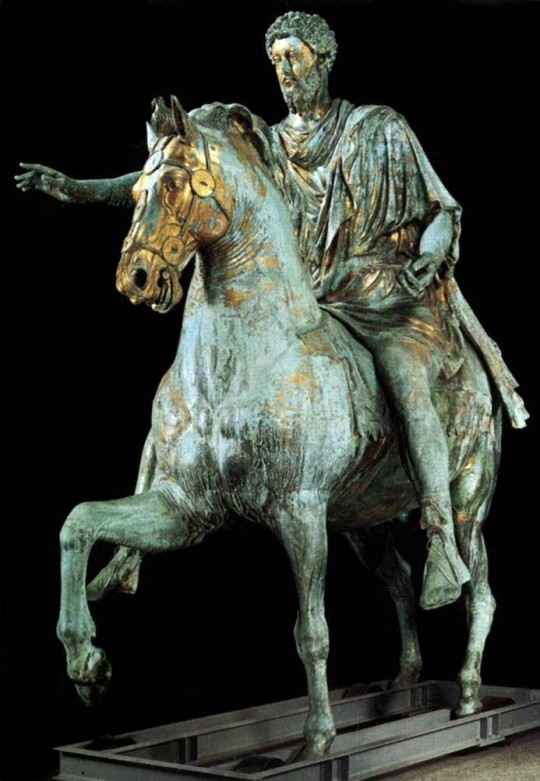
Equestrian monument of Marcus Aurelius. Capitoline Museum, Rome.
30 notes
·
View notes
Text
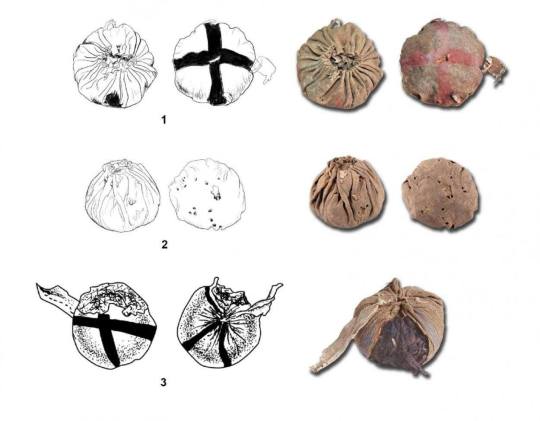
Central Asian Horse Riders Played Ball Games 3,000 Years Ago
Today, ball games are one of the most popular leisure activities in the world, an important form of mass entertainment and big business.
But who invented balls, where and when? The oldest balls that are currently known about were made in Egypt about 4,500 years ago using linen. Central Americans have been playing ball games for at least 3,700 years, as evidenced through monumental ball courts made of stone and depictions of ball players.
Their oldest balls were made of rubber. Until now, it was believed that ball games in Europe and Asia followed much later: In Greece about 2,500 years ago and in China about 300 years after that.
Researchers from the University of Zurich, together with German and Chinese researchers, have now examined in more detail three leather balls found in graves in the old Yanghai cemetery near the city of Turfan in northwest China. The balls, measuring between 7.4 and 9.2cm in diameter, have been dated at around 2,900 to 3,200 years old. “This makes these balls about five centuries older than the previously known ancient balls and depictions of ball games in Eurasia,” says first author Patrick Wertmann of the Institute of Asian and Oriental Studies of the University of Zurich. “Unfortunately, however, the associated archaeological information is not sufficient to answer the question of exactly how these balls were played.”
The earliest illustrations from Greece show ball players running, and depictions from China show riders using sticks. Comparable curved sticks were also found in Yanghai, but there was no apparent direct connection with the balls. Moreover, they are dated to a more recent period. “Therefore, the leather balls from Yanghai are not connected to early forms of field hockey or polo, even though two of the balls were found in the graves of horsemen,” says Wertmann.
New era of Central Asian equestrian warfare
In one of the riders’ graves, the preserved remains of a composite bow and a pair of trousers (1) were found, which were made in the region at that time and are among the oldest in the world. Both are signs of a new era of horse riding, equestrian warfare and fundamental societal transformations which accompanied increasing environmental changes and a rising mobility in eastern Central Asia.
The current study shows that balls and ball games were part of physical exercise and military training from the very beginning. In addition, just like today, sport also played a central role in society and was a widespread leisure activity. The study’s findings once again highlight that this region was a center of innovation within Eurasia several millennia ago.
UNIVERSITY OF ZURICH
7 notes
·
View notes
Text
Images of 1910 in Fashion -
According to Wikipedia, "Geneviève Lantelme (born Mathilde Hortense Claire Fossey, 20 May 1883 – 24/25 July 1911) was a French stage actress, socialite, fashion icon, and courtesan. Considered by her contemporaries to be one of the most beautiful women of the Belle Epoque..."
1910 (November) Geneviève Lantelme in Paquin dress photo by Auguste Bert Le Théatre no. 286. From Wikimedia; fixed spots w Pshop 2489X3663.

Left 1910 (Juin) Lantelme by Félix. From Wikimedia 1947X2868,
Right 1910 (june) Lantelme in Jeanne Lanvin dress photo by Félix Les Modes. From verbinina.wordpress.com/page/8/; fixed spots w Pshop 1864X2522.
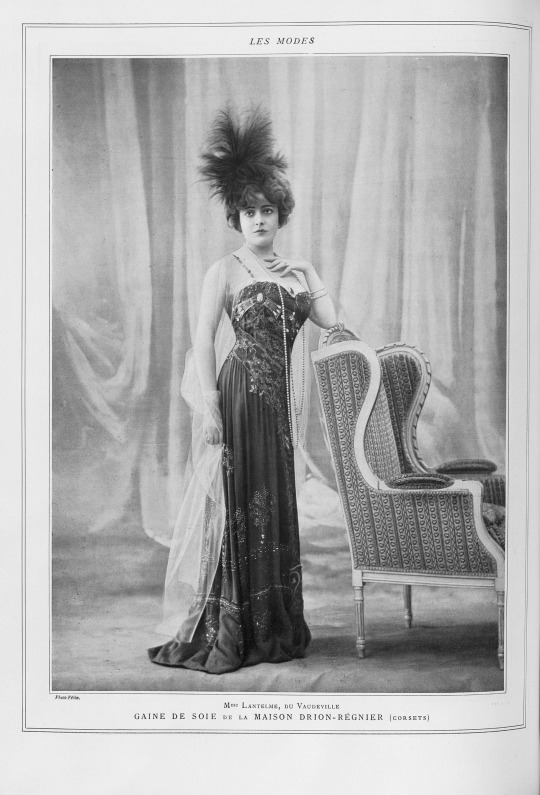

1910 (November) Femina cover Geneviève Lantelme wearing fur. From Wikimedia 1654X2068.
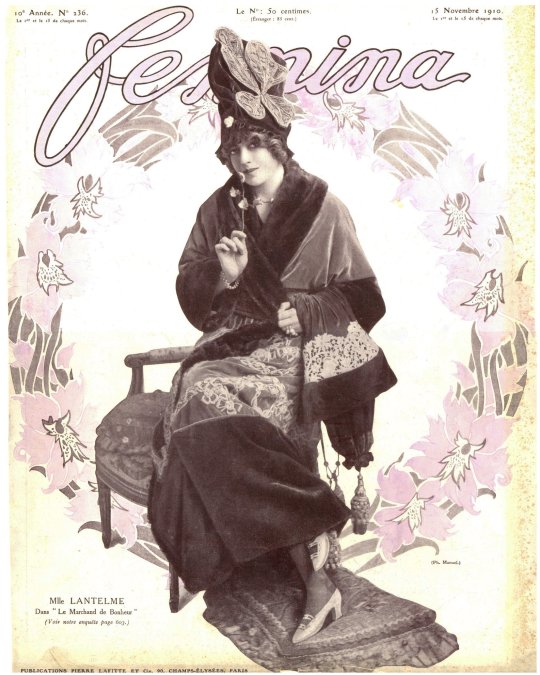
According to Wikipedia, "Joaquín Sorolla y Bastida (Valencian: Joaquim Sorolla i Bastida, 27 February 1863 – 10 August 1923)[a] was a Spanish Valencian painter. Sorolla excelled in the painting of portraits, landscapes and monumental works of social and historical themes. His most typical works are characterized by a dexterous representation of the people and landscape under the bright sunlight of Spain and sunlit water." He painted several portraits of his wife Clotilde and at least one of daughter Elena. He portrayed people on the beach in white or dressed in traditional black.
Left 1910 Clotilde con perro y gato by Joaquín Sorolla y Bastida (Museo Sorolla). From joaquin-sorolla.blogspot.com/2009/06/clotilde-sentada_04.html 1000X1600.
Right 1910 Clotilde con sombrero negro by Joaquín Sorolla y Bastida (Museo Sorolla - Madrid, Spain) photo - Ramón Muñoz. From the photostream of Ramón Muñoz on flickr; fixed spots & wrinkles w Pshop 1122X1732.

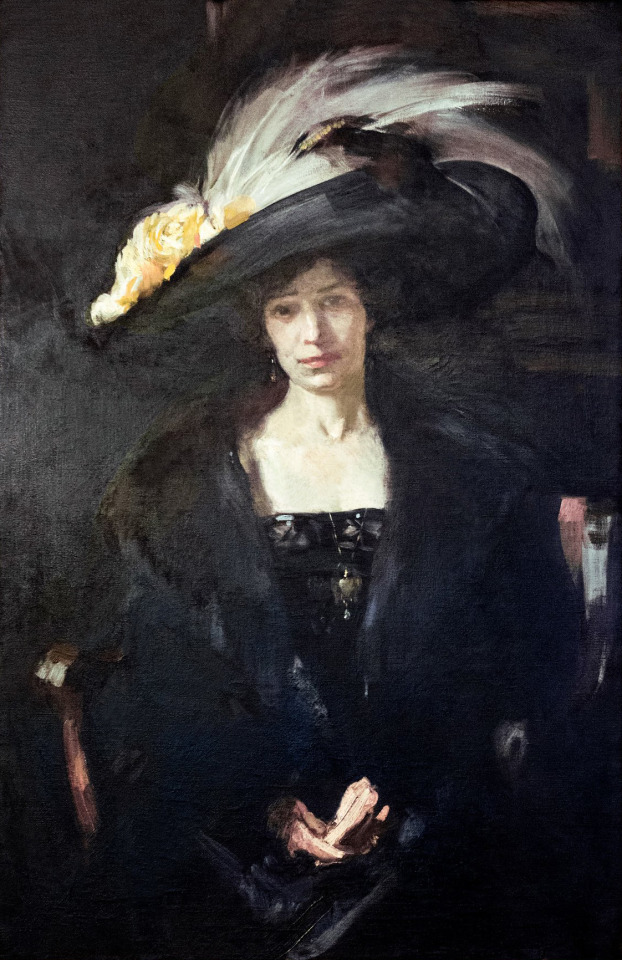
Left 1910 Clotilde con traje de noche by Joaquín Soroola y Bastida (Museo Sorolla - Madrid, Spain). From joaquin-sorolla.blogspot.com/2014/10/clotilde-con-traje-de-noche_5.html?m=1 1112X1600.
Right 1910 Clotilde sentada en un sofá by Joaquín Sorolla y Bastida (Museo Sorolla - Madrid, Spain). From Wikimedia; fixed spots w Pshop 1168X1932.


1910 Elena (Sorolla) con sombrero negro by Joaquín Sorolla y Bastida (private collection). From joaquin-sorolla.blogspot.com/2015/08/elena-con-sombrero.html?m=1 1198X1594.

Left 1910 Comtesse de la de la Maitrie in equestrian dress by Charles Albert Walhain (private collection) From liveinternet.ru/journalshowcomments.php?jpostid=319050317&journalid=4507805&go=prev&categ=0 950X1679.
Right 1910 Erzherzogin Maria Therese by H. C. Kosel. From eBay; removed mono-color tint 675X1061.


Left 1910 Lady Elsie Duveen, née Salamon by François Flameng (Ferens Art Gallery - Kingston upon Hull, East Riding of Yorkshire, UK). From artrenewal.org/artists/francois-flameng/158 2016X2610 @144 4.9Mp.
Right 1910 Madame Von Bodenhausen avec son enfant Luli by Theo van Rysselberghe (private collection). From the discontinued Athenaeum Web site 721X889.


#1910s fashion#1910 fashion#Belle Époque fashion#Edwardian fashion#Geneviève Lantelme#Jeanne Paquin#Auguste Bert#Le Théatre magazine#feather headdress#jeweled headdress#Félix#Jeanne Lanvin#veil#Femina magazine#Joaquín Sorolla y Bastida#Clotilde Sorolla#jacket#hair flowers#Elena Sorolla#Comtesse de la de la Maitrie#equestrian dress#Charles Albert Walhain#François Flameng#boots#vest#Erzherzogin Maria Therese#H. C. Kosel#Elsie Duveen#Madame Von Bodenhausen#Theo van Rysselberghe
8 notes
·
View notes
Text






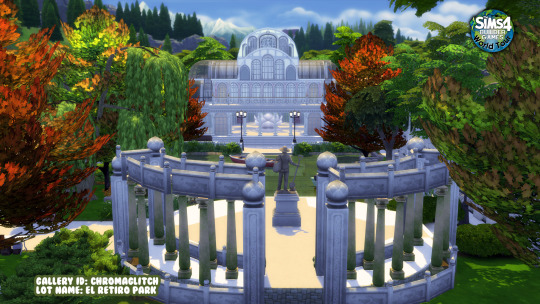


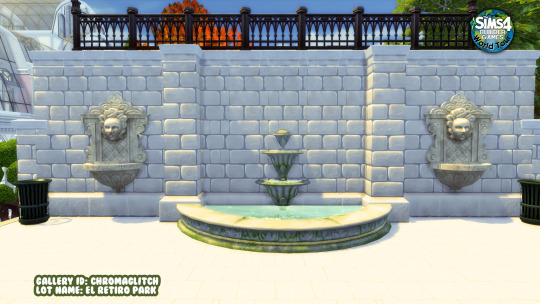
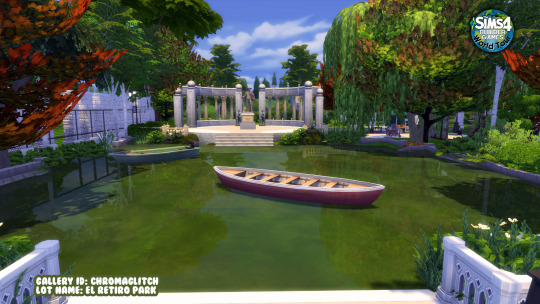


This is my week 3 build for #BGS5WorldTour this week I decided to visit Madrid, Spain. I’ve traveled here IRL and was super excited to see it on the challenge.
I decided to recreate a portion of El Retiro Park and challenged myself to use one of the big lots (I always struggle with these), I’m proud of the result.
The park has so many interesting sites to explore, each with unique bits of history, so I chose a couple of areas I would want to explore and tried to make them flow together. Google Maps was definitely my friend here

Things I built:
Puerta de Felipe IV - Entrance Arch and path leading to the Statue of Jacinto Benavente and the Fuente de la Concha del Parterre (fountain).
Estanque Grande de El Retiro (Great Pond of El Retiro) - Central pond in El Retiro Park with a colonnaded monument, popular for rental rowboats & canoes. I combined this lake with the lake outside the Crystal Palace to fit both buildings.
Monument to Alfonso XII - Built-in 1922, this monument in Buen Retiro Park features a colonnade with an equestrian statue.
Palacio de Cristal - Venue for art exhibitions organized by Reina Sofía Museum, modeled on London's Crystal Palace.
Templete del Parque de El Retiro (Retiro Park Bandstand) - Used to host concerts.
Área infantil (Playground)
A Rosaleda (Cecilio Rodríguez) - Rose Garden

#sims4build#ts4build#cozygamingcommunity#ts4#TheSims4#cozygamer#ShowUsYourBuilds#sims4#simstagrammer#simstagram#cozygames#cozygaming#sims4builds#thesims4builds
3 notes
·
View notes
Text

.
The local hero.
The equestrian statue of Arthur Wellesley, 1st Duke of Wellington located outside the Royal Exchange, now known as the Gallery of Modern Art, Glasgow, Scotland, is one of Glasgow's most iconic landmarks, especially since being capped with a traffic cone.
Adorning the statue with a cone had continued over many years: the act was claimed to represent the humour of the local population and was believed to date back to at least the 1980s. In 2005, Glasgow City Council and Strathclyde Police took a stance of asking the public not to replace the cone, citing minor damage to the statue and the potential for injury when attempting to place a cone. In 2011 the Lonely Planet guide included the statue in its list of the "top 10 most bizarre monuments on Earth". In 2013 Glasgow City Council put forward plans for a £65,000 restoration project, that included a proposal to double the height of its plinth and raise it to more than six feet (1.8 metres) in height to "deter all but the most determined of vandals". Their planning application contained an estimate that the cost of removing traffic cones from the statue was £100 per callout, and that this could amount to £10,000 a year. The plans were withdrawn after widespread public opposition, including an online petition that received over 10,000 signatures. As the council indicated that action against the practice could still be considered, the art-political organization National Collective organised a rally in defence of the cone.
3 notes
·
View notes
Text
On a Pedestal

"A statue of me. That's not creepy at all."
People make a lot of this statue in Byng's safehouse and while it is indeed creepy under the circumstances, I think people got the wrong shape of it.
Mostly because I think people are not terribly interested in actually examining Byng's motives to begin with. It's generally assumed that Byng is obsessed with Sally, that he thinks he is in love with her.
Nope! That's Verloc. Or was, anyway.
Byng's relationship with Sally has always been explicitly understood as transactional. There was never any pretense to it. This was not a courtship, it was a mutually beneficial agreement. Manic pixie dream girl shit in exchange for protection from both her ex and the Executive Committee (and if we're being real, Byng probably bankrolled her lab too). The agreement is that Sally is ready to answer when he calls, and out of the way otherwise. She even claims he hasn't visited in weeks when she goes to his office to ask for a Letter of Transit.
So if this statue isn't a shrine to his obsession with Sally, then what the fuck is it?
Let me show you something.



When Byng is left to his own devices to decorate, he tends towards a traditional, stately style with a slight imperialist, Rudyard Kipling bent to it, per his work during British military movements in India. He's utilitarian about it, also per his military background, but he has an aesthetic.
We know this is the way he prefers his living spaces because Victoria, who idolizes her father, also decorates this way. She's more ornate about it, more feminine, and you won't find an elephant foot umbrella stand in her house (she's trying her best not to look foreign or exotic), but all the same basic tastes are there. She swaps her father's military elements for equestrian ones, befitting a proper (and pointedly) English lady, but she's got the same gilt picture frames and leather seating.

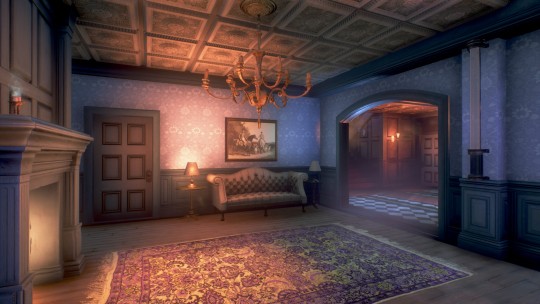
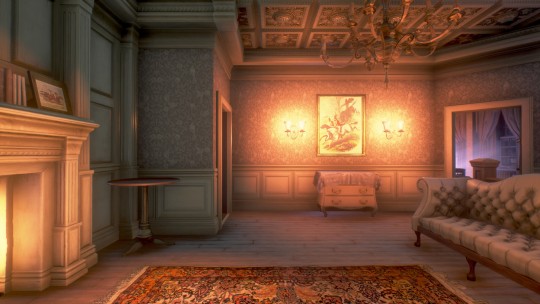
But the safehouse isn't decorated this way. Save for his own office space which has a depressing, cobbled-together (utiliatrian?) mid-century modern thing going on...

...Byng has emulated Sally's decor style.

"I wanted it to feel like home," he says.
And maybe you're thinking, okay, but this still looks like a shrine to Sally.
And it does! But you know what?


So does Sally's own house. It's exactly like home! A+, Byng, no notes.
Now I'll grant you Sally may not have been thinking she was designing a shrine to herself in her apartment. Joan Collins has a portrait of herself over her mantle but it was painted by Patrick Nagel and if Patrick Nagel painted me, I'd hang that fucker up over the mantle too. But there is other art in the game. Four giant Sally face masks in the living room instead of any of the many abstract art pieces available in the assets? This was a choice. And if you're looking at Sally's psyche from the outside... well, the self-obsession is what you're going to take away from it.
But still, a statue is a bit much.
So we continue to wonder: what the fuck, Byng?
Byng, specifically because he was not in love with Sally nor blindly projecting his idealizations on her (in fact, there's a few times where it's clear he thinks she's acting like a foolish child and tries to tell her sense), was the one character in the game who understood her best. They're very similar, in fact. They're out for their own and they're both quite mercenary about it. His understanding was not complete, it was shaded with his own biases, but it was closer to the reality of Sally than Arthur's or Verloc's or anyone else's.
And a thing Byng probably pegged about Sally early on - probably exactly during that meeting where Verloc thought she was flirting with Byng and trying to impress him - was that Sally wanted to be appreciated and to get credit for her chemistry skills and not just her looks.
And so he puts a monument to her in the safehouse, a monument that for once acknowledges not just her beauty but also her talent as a chemist. She's the only one who will ever see it, but she's the only one who needs to once the fall of fucking Rome goes down out there. It's not like Byng planned to stay in that safehouse with her fulltime. He had a boat to escape! His office in the safehouse looks like a poorly-coordinated thrift shop because he wasn't planning to be there that much.
This was just the continuation of their previously agreed upon arrangement, that she's ready to entertain when he comes calling, out of sight out of mind when he doesn't.
The statue was for Sally, not him.
53 notes
·
View notes
Text
A monument to Alexander Nevsky, which has nothing to do with Belarus, will be erected in Minsk.
"It will be a large equestrian sculpture."
.
Zero days without tankies not being obsessed with Alexander Nevsky
4 notes
·
View notes
Text
2. "They've done an awful job here. Have you seen the place? This isn't humanism."
KIM KITSURAGI - "We are in what is called the *twilight of international law*. The laws we claim to enforce come from the MI. Without them, we are simply vigilantes."
"Actually, vigilantes is okay with me."
"Yeah. Vigilantes sounds bad."
"Maybe we should make our own law?"
KIM KITSURAGI - "Spoken like a revolutionary, not a cop. But hypothetical aside -- in Martinaise we already *are* vigilantes. At least the Union thinks so. I expect our job here to prove quite challenging." He looks at the roundabout.
4. Say nothing. Just look into the night.
KIM KITSURAGI - The dying lights of the city shimmer below -- slowly, like luminous clouds, they pass on his lenses. The lieutenant looks at his slim cigarette, contemplating the next drag.
ESPRIT DE CORPS [Medium: Success] - This *soldier* is the highlight of the day for me, he thinks. This little stick right here.
KIM KITSURAGI - "They *really* don't like us here. And the mouth on that kid, Cuno... It's different inland. In Jamrock and the G.R.I.H." He pulls on the cigarette.
"Why *are* they like this?"
KIM KITSURAGI - "It's our fault for leaving this place to the dogs. To the Union. To the company. Not daring to come here more often. It's like I told you -- this place is an orphan. Fallen between the cracks..."
"And in Jamrock and the G.R.I.H?" (Continue.)
KIM KITSURAGI - "We run this city. West of the river is RCM land." He looks at the dark silhouette of the equestrian monument cutting into the night sky.
"It's *incredibly* hard. Human beings are..." He shakes his head. "But we are in control. And it's worth it. The organization works. Our systems work. If they didn't, this city would disintegrate."
ESPRIT DE CORPS [Challenging: Success] - Night. Captain Ptolemy Pryce steps into the yard. A piebald horse waits by the motor carriage, chewing oats out of an oat-bag. Seagulls fly overhead. The sky is black. Captain Pryce wears a black suit and a standard patrol coat as he mounts the horse to head home...
Rows of houses on either side, hunching over the sidewalks -- and Precinct 41 with its dome roof growing distant. Around him the streets are silent. A kid on the corner waves at the captain as he takes the turn on Perdition and Main. The horse neighs. The captain nods back.
EMPATHY [Medium: Success] - Thanks, kid, he thinks. He's grateful.
"I hope our investigation will change the situation here. At least do *some* good."
"We won't change anything here."
KIM KITSURAGI - "Me too," he says quietly. "But I wouldn't count on any drastic changes in our lifetimes."
5. "Thank you for this." [Leave.]
KIM KITSURAGI - "Yeah, it's getting very cold now. Let's go." He puts out the stub of his cigarette and looks to the door.
Task Complete: End-of-day debrief with Kim
+30 XP
5 notes
·
View notes
Photo


Clydesdale Bank £20 note
Robert the Bruce features on the front of this old bank note, with The Monymusk reliquary, Stirling Castle, Wallace monument, equestrian statue of Robert the Bruce on the reverse.
The bank note was issued from 1971 to 1995.
35 notes
·
View notes